Kindly note that the version printed below has been edited from the original version published in the Tehran Times. In addition, excepting one image all other images and accompanying captions do not appear in the original Tehran Times publication.
For more on topics related to the below article, kindly consult:
======================================================================
Iran is completing an all-inclusive dossier for the mysterious Hegmataneh Hill to have it registered on the UNESCO World Heritage list, deputy tourism minister Mohammad-Hassan Talebian has announced. He made the remarks during the inauguration ceremony of seven tourism-related projects in Hamedan via video conference.
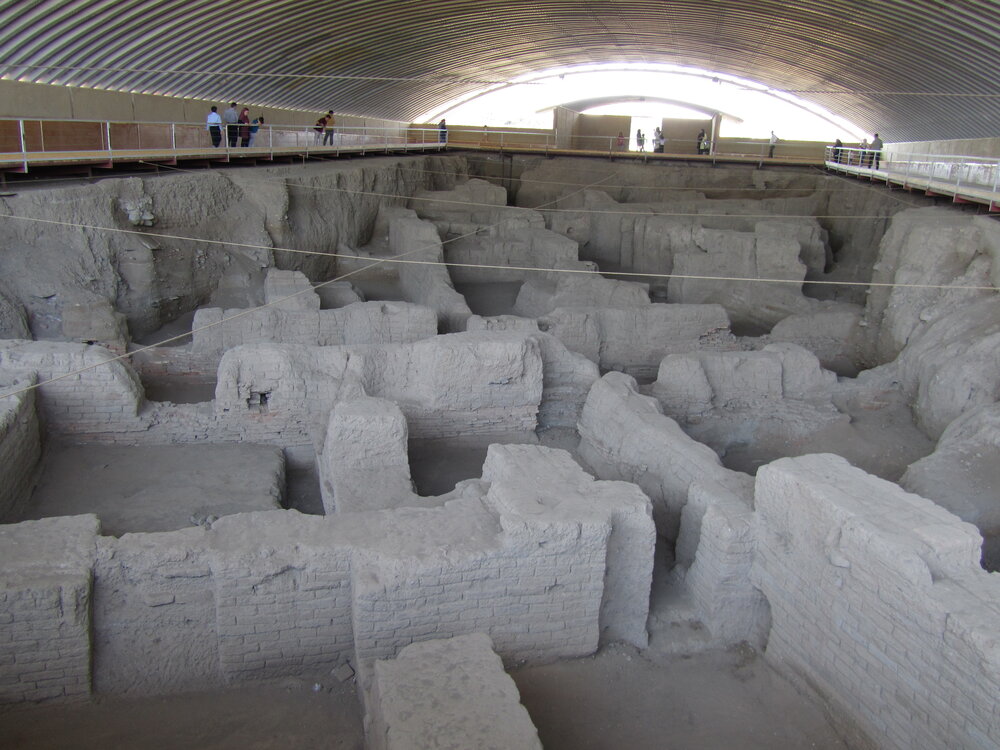
Partial excavations of the ancient city of Ecbatana (Source: Tehran Times).
The documentation and mapping projects of the area are being finalized and the dossier is being prepared to be submitted to UNESCO, Talebian added. However, there are some problems and issues that the tourism ministry is doing everything possible to remove some of these obstacles, he added.
The ruined Hegmataneh (Ecbatana) which is partly located beneath the modern city of Hamedan (the capital city), is widely believed to once have been the capital of the Medes. Ecbatana has remained a riddle and shrouded in mystery for ages. The site of the ancient city lies partly within the modern city of Hamedan.
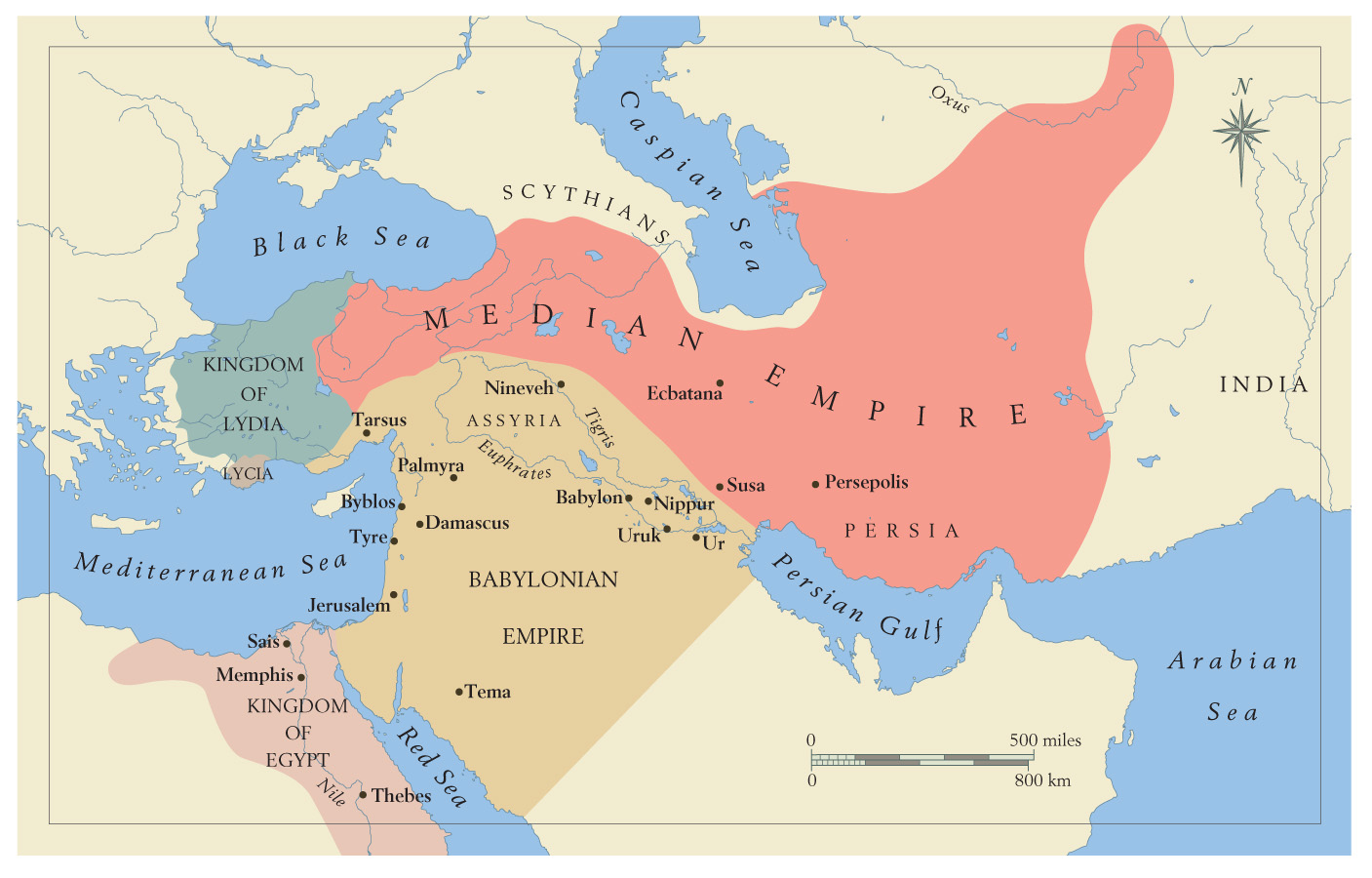
Map of the Median Empire at its greatest extent in c. 530 BCE drafted by Kaveh Farrokh on page 31 (2007) for the book Shadows in the Desert: Ancient Persia at War-Персы: Армия великих царей-سایههای صحرا-.
According to ancient Greek writers, the city was founded in about 678 BCE by Deioces, who was the first king of the Medes.
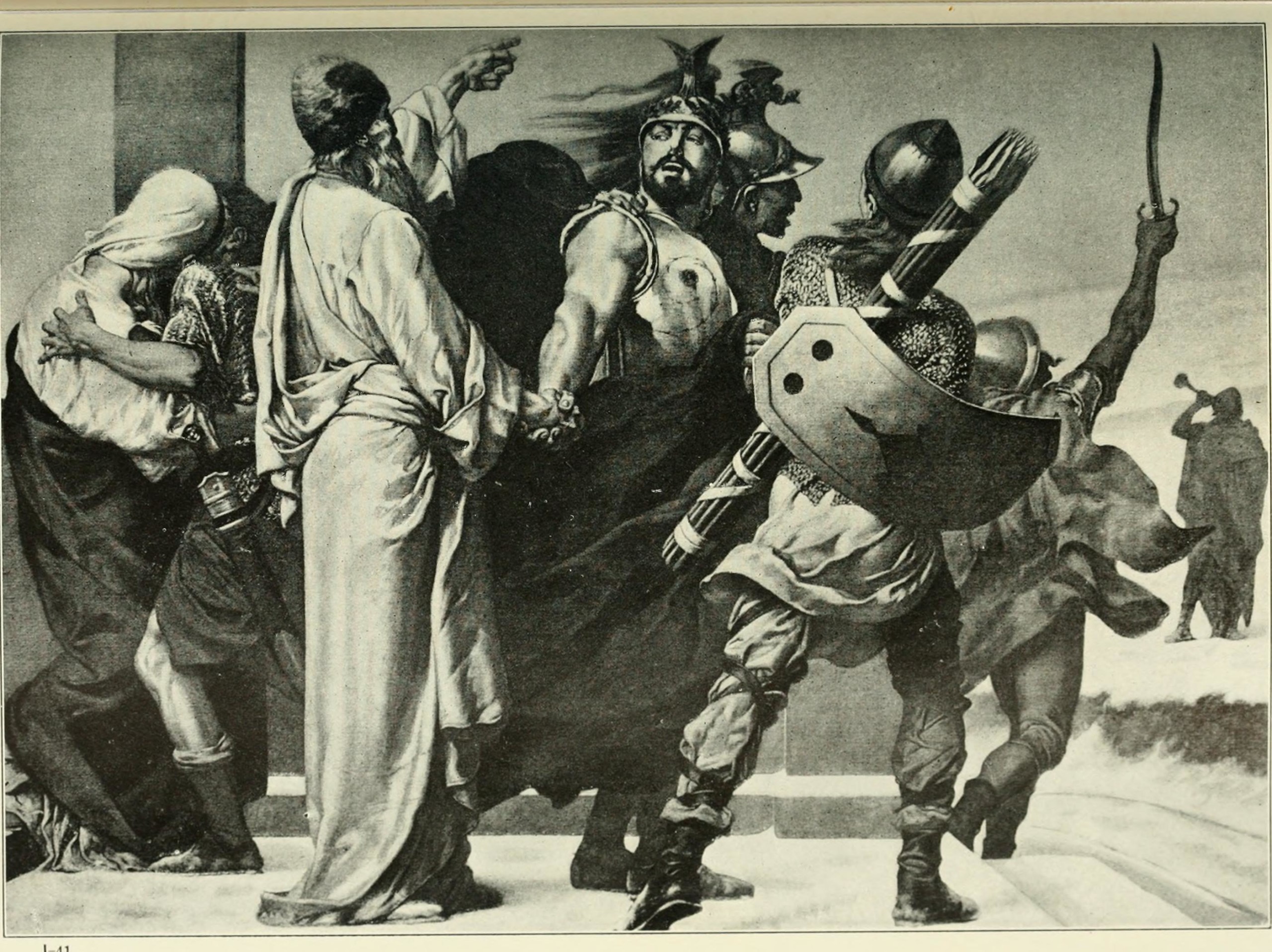
A 19th century painting by Louis Boulanger (1806-1867) of Mede king Deioces (r. 727-675 BCE) instructing his senior officers to partake in campaigns (Source: Public Domain). The Medes were often in conflict against the Assyrian Empire at the time.
French Assyriologist Charles Fossey (1869 – 1946) directed the first excavation in Tepe Hegmateneh for six months in 1913. Erich Friedrich Schmidt (1897 – 1964), who was a German and American-naturalized archaeologist, took some aerial photos from Hamedan between 1935 and 1937.
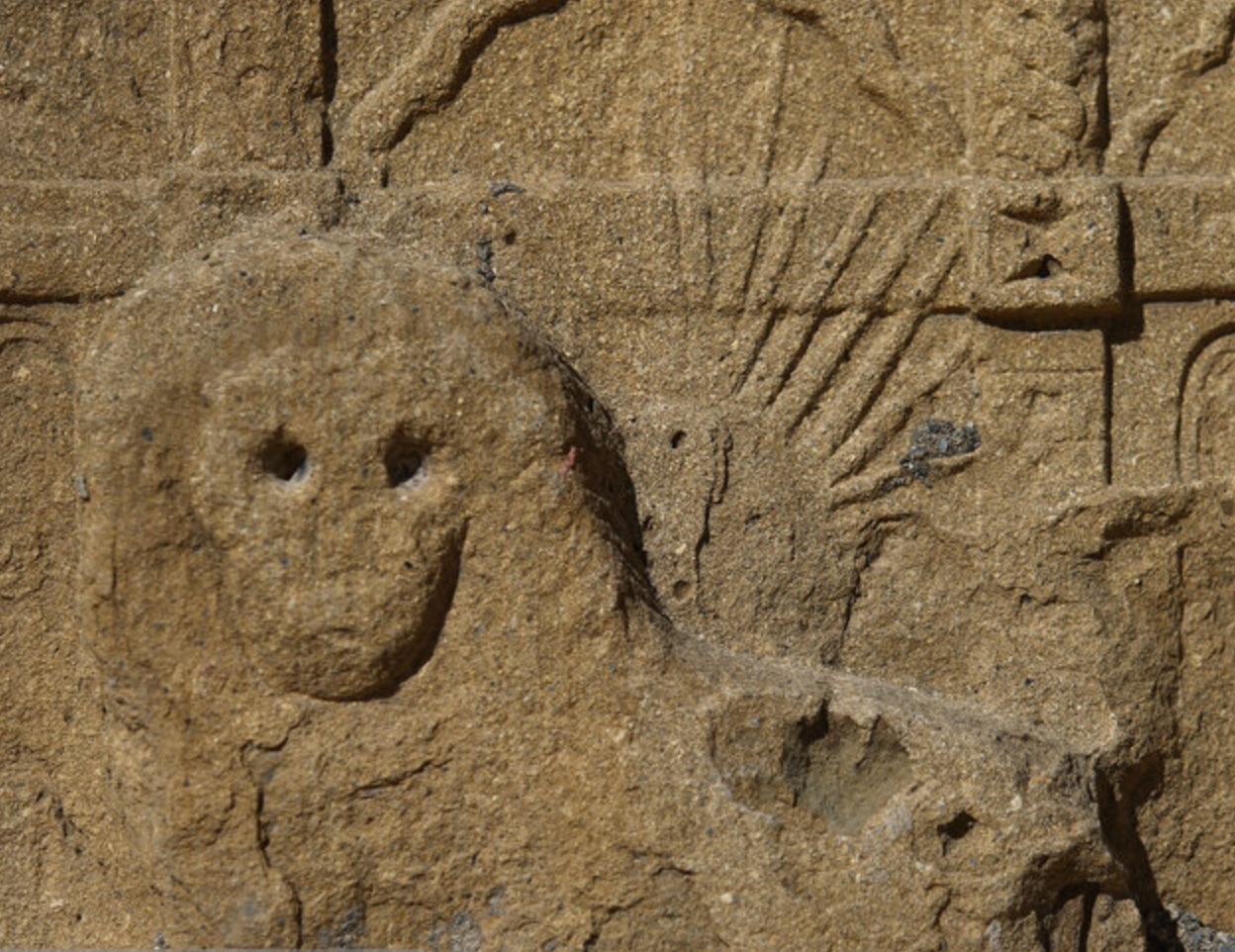 A unique photo by Pouria Pakizeh of one of the surviving symbols of Ecbatana, the ancient Iranian symbol of the lion and the rising sun (for more on this topic see “The Lion and the Sun Motif of Iran: A brief Analysis – بررسی اجمالی نشان شیر و خورشید ایران [pdf]) (Photo source: Pouria Pakizeh, ISNA). Ecbatana was the capital of the first unified Iranian kingdom of the Medes which was to fuse with the Persians to form the first Iranian empire, known as the Achaemenid Empire.
A unique photo by Pouria Pakizeh of one of the surviving symbols of Ecbatana, the ancient Iranian symbol of the lion and the rising sun (for more on this topic see “The Lion and the Sun Motif of Iran: A brief Analysis – بررسی اجمالی نشان شیر و خورشید ایران [pdf]) (Photo source: Pouria Pakizeh, ISNA). Ecbatana was the capital of the first unified Iranian kingdom of the Medes which was to fuse with the Persians to form the first Iranian empire, known as the Achaemenid Empire.
According to the Greek historian Xenophon of Athens (c.430-c.355), Ecbatana became the summer residence of the Achaemenid kings. Their palace is described by the Greek historian Polybius of Megalopolis. He writes that the city was richer and more beautiful than all other cities in the world. An inscription, unearthed in 2000, indicates that Achaemenid king Artaxerxes II Mnemon (404-358) built a terrace with columns in Ecbatana. Some twelve kilometers southwest of Hamedan is Gandj Nameh, where Darius I and his son Xerxes had inscriptions cut into the rock.
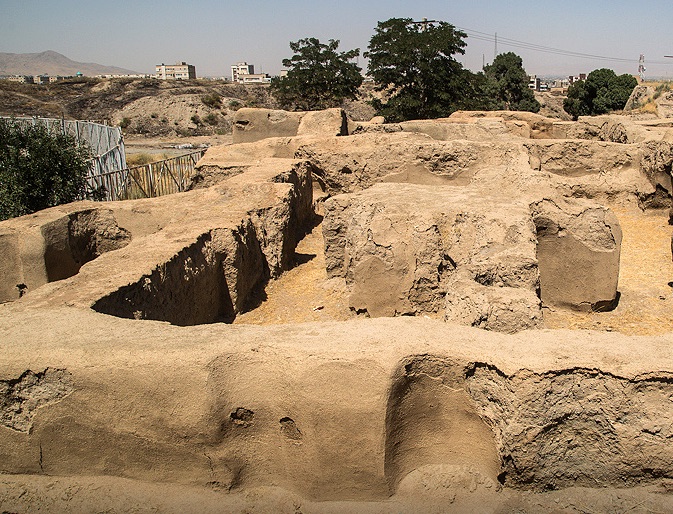
Another view of the excavated remains of the ancient Iranian city of Hamedan (Source: IFP).
Polybius, a Greek historian of the Hellenistic period noted for his work The Histories, tells that the builders used cedar and cypress wood, which was covered with silver and gold. The roof tiles, columns, and ceilings were plated with silver and gold. He adds that the palace was stripped of its precious metals in the invasion of the Macedonian king Alexander the Great and that the rest was seized during the reigns of Antigonus and Seleucus. Later, Ecbatana was one of the capitals of the Seleucid and the Parthian Empires, sometimes called Epiphaneia.



